Babies should wean off the bottle at 18 months
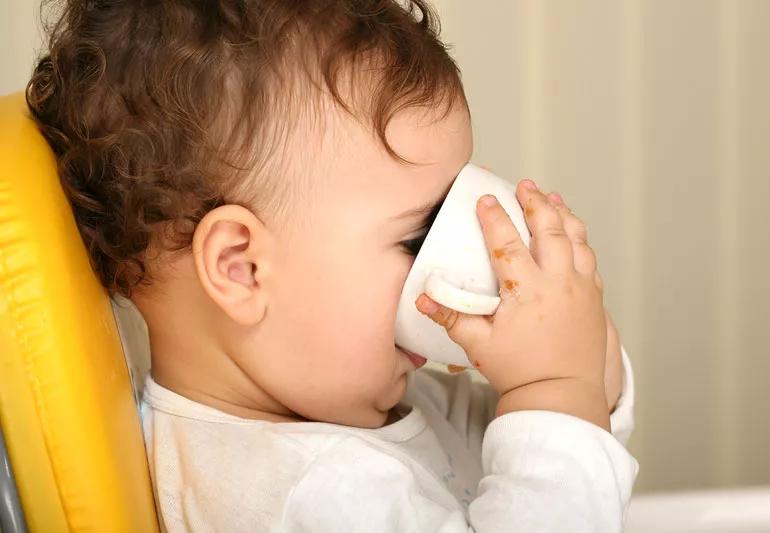
Sippy cups. Trainer cups. Bottles. However you choose to call it, transitioning to regular, adult-sized cups can be a challenge that is sometimes met with temper tantrums and huffs and puffs.
Advertisement
Cleveland Clinic is a non-profit academic medical center. Advertising on our site helps support our mission. We do not endorse non-Cleveland Clinic products or services. Policy
When it comes time to buck the bottle, or send the sippy cup packing, pediatrician Jason Sherman, DO, suggests a few ways to go about it.
While there isn’t a golden rule of how many months, the American Academy of Pediatrics recommends weaning your baby off the bottle between 12 and 24 months of age and immediately start using a sippy cup. Start transitioning to an open cup before they hit age 2.
“The longer you wait to wean your child off the bottle or sippy cup, the harder it’ll be,” he says. “Plus, your child could be at risk for baby bottle tooth decay and obesity.”
Baby bottle tooth decay happens when your child drinks from a bottle too long and the sugar from the milk or juice sit on your child’s teeth. This eventually leads to cavities and decay.
After drinking all day from a bottle, the last thing your child wants is to eat a meal. The reason is that they get all of their calories from the milk and aren’t really hungry for anything else. This overload of calories can lead to toddler obesity.
It can make you nervous at first, but it’s not as difficult as you might think.
To help with the initial transition, you can tell your child they can only have their bottle and sippy cups at meals and at bedtimes. Otherwise, they have to start using a cup. Start by gradually dropping their sippy cups and bottles from the feeding schedule. If they have them three times a day, try giving it to them twice a day, instead.
Advertisement
Around 6 months of age when babies start eating solids, start giving them a sippy cup with a few ounces of water during one meal of the day. This way, it starts to teach them to use a sippy cup. Plus, in the likely event they end up throwing the sippy cup, it won’t be difficult to clean up since it’s only water.
“You can also stop cold turkey,” says Dr. Sherman. “Tell your child that they’re big now and it’s time to give those sippy cups and bottles to someone else who needs them.”
Next, try busting out the confetti and party hats — turn it into a celebration or a ceremony so your child can feel good about moving on.
“Sippy cups are a relatively recent invention, so kids previously just used regular cups,” says Dr. Sherman. “Consider a plastic cup with no lid. There’s no question with two hands, a one-year-old can start to use a nice, plastic cup with two hands.”
If praise doesn’t work with your child, Dr. Sherman recommends figuring out if your child is hungry or thirsty before giving in to the bottle. Do they want cuddles, comfort or attention instead? They may reach for the bottle or sippy cup for comfort when in reality they want something else.
Once you successfully weaned your child off (or are in the process), it’s important to supervise your child with adult-sized cups.
“If you are worried about the mess with using regular cups, supervision is critical and helps keep the cups in the kitchen,” says Dr. Sherman. “Ground rules will help you contain a mess as your child learns a new, important skill.”
Don’t forget that if you’re still struggling to wean your child off their sippy cup or bottle, don’t wait to consult your pediatrician.
Advertisement
Learn more about our editorial process.
Advertisement

Here's the scoop on one healthy way to feed your baby
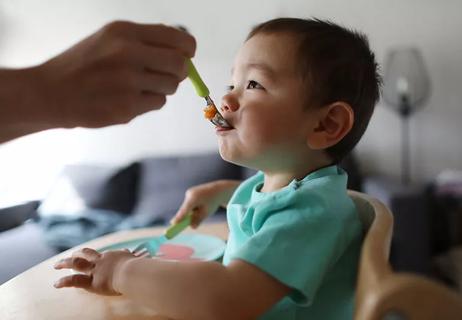
When and how to introduce solid foods into your baby's diet
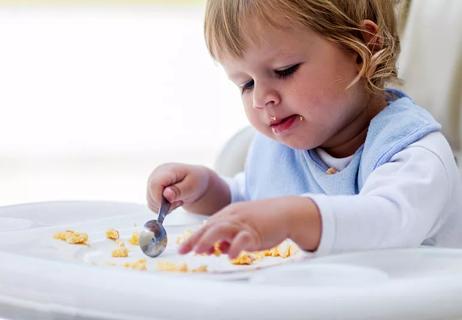
The short answer from a pediatrician
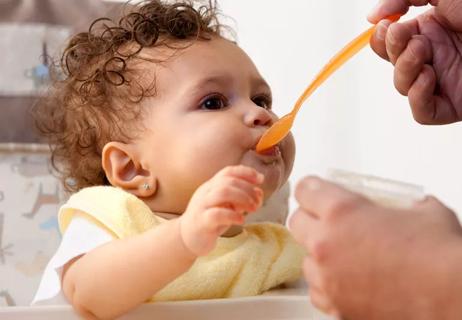
How to make baby food at home

The short answer from a pediatrician
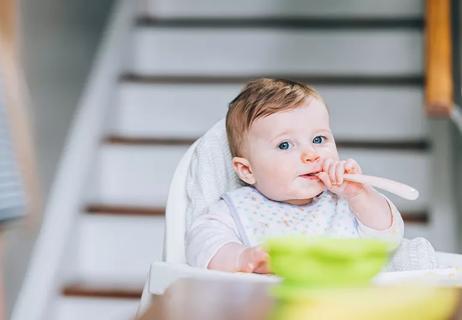
Variety has long been the spice of life. Now, it can also help keep your child safe.

A pediatrician weighs in on this whole foods approach to weaning
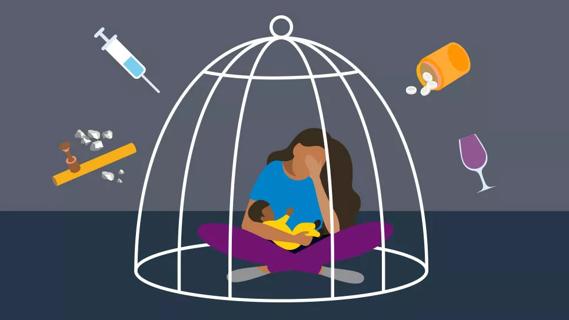
Neonatal opioid withdrawal syndrome, or NOWS, can develop when a birthing parent uses opioids, nonmedical drugs or even some prescription drugs during pregnancy

Type 2 diabetes isn’t inevitable with these dietary changes

Applying a hot or cold compress can help with pain